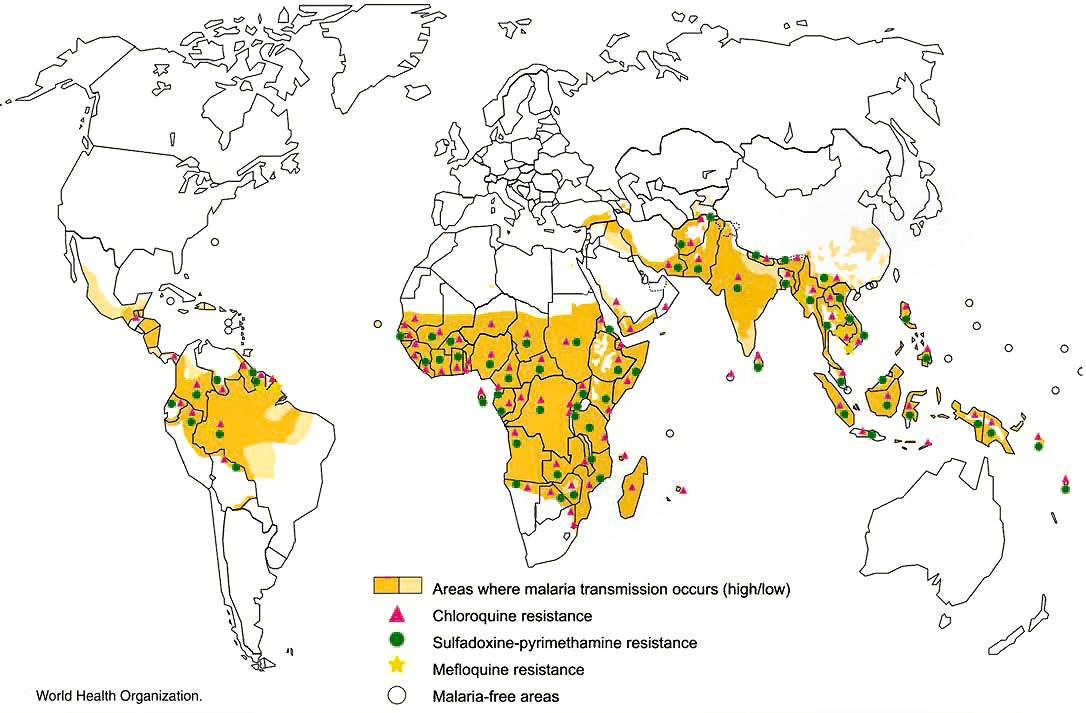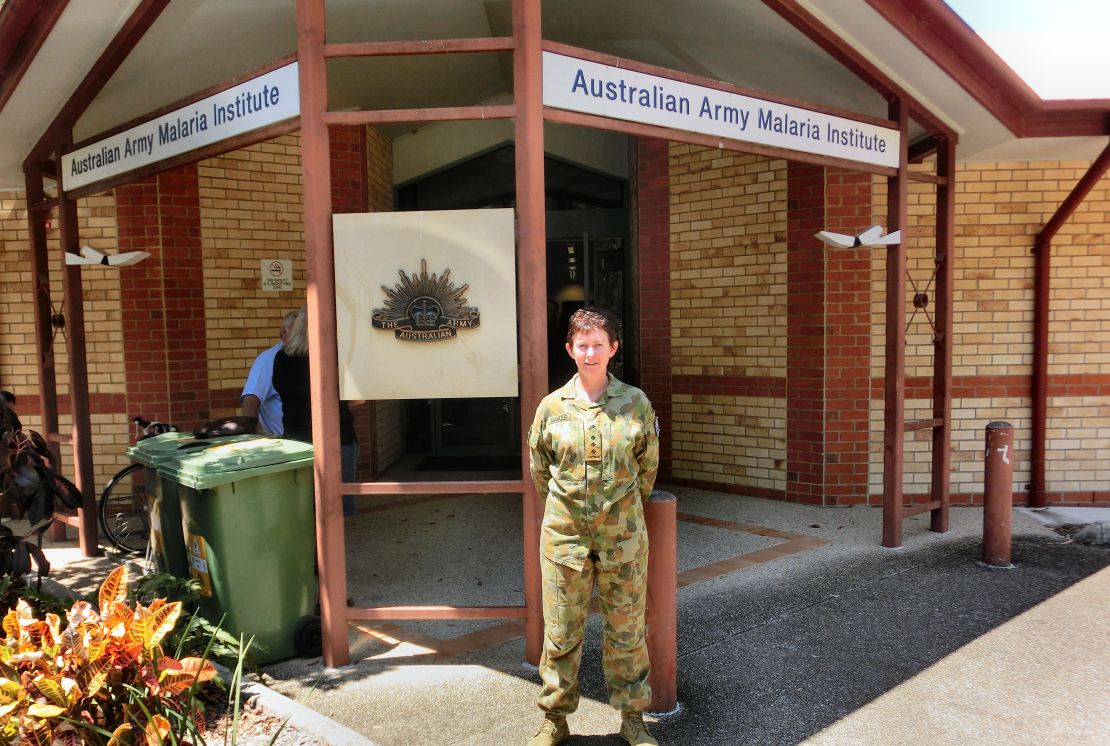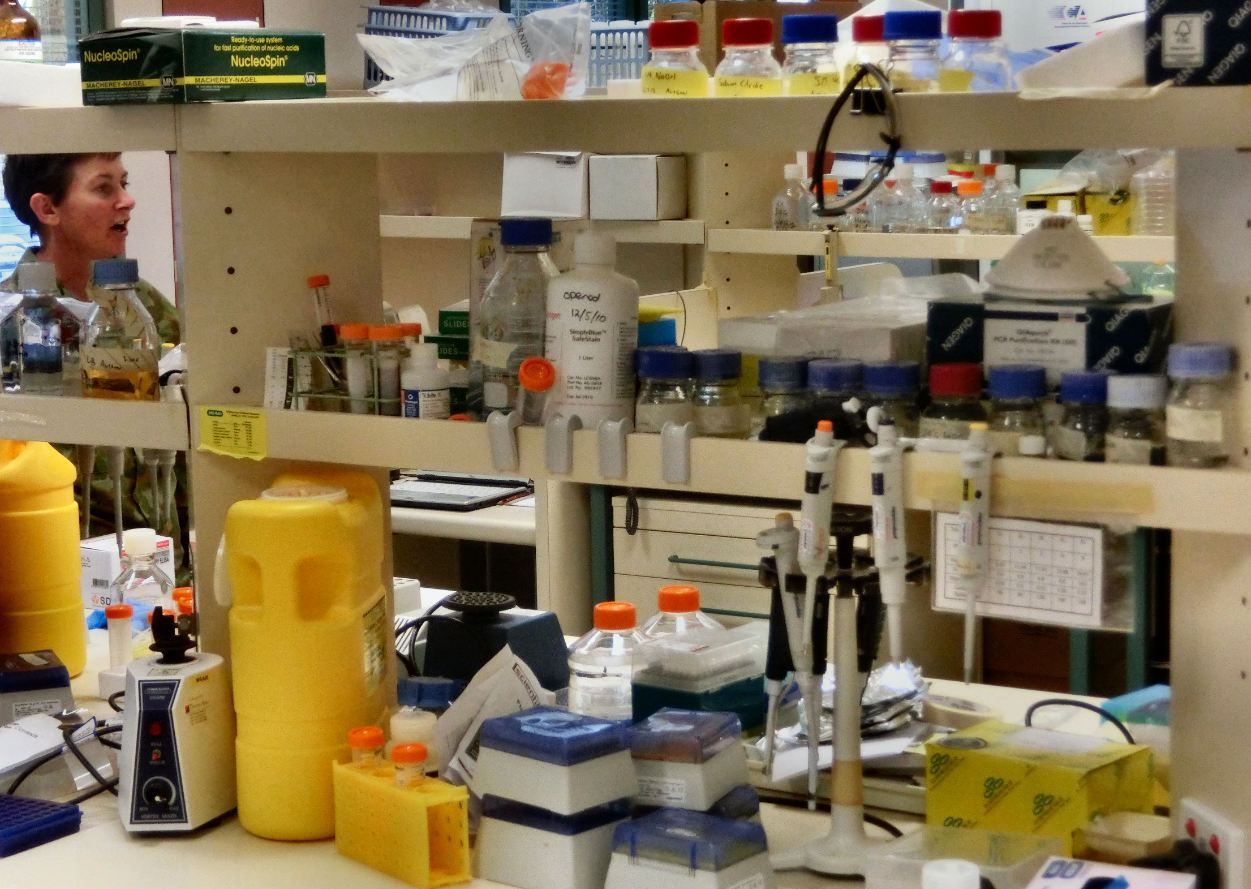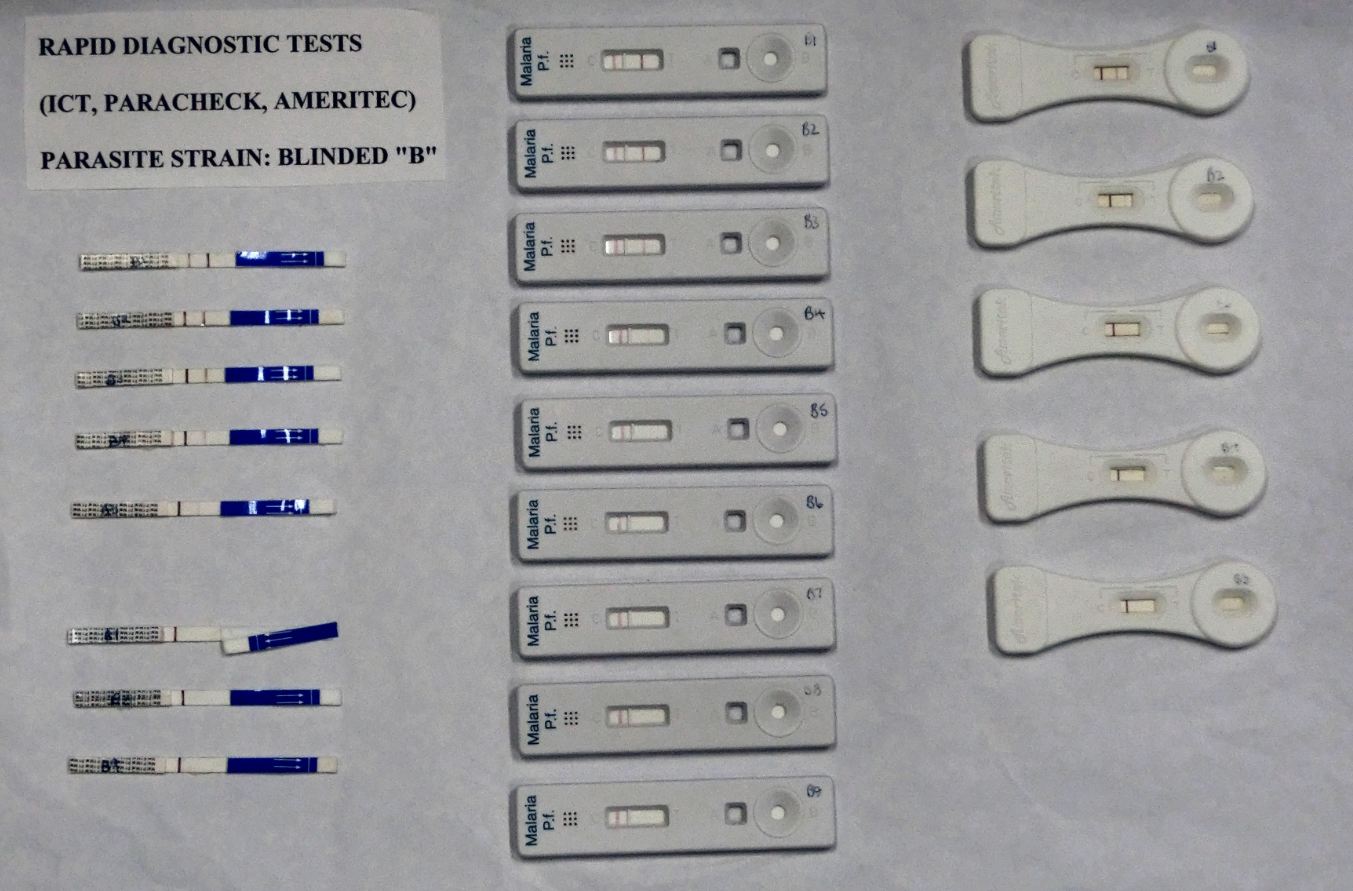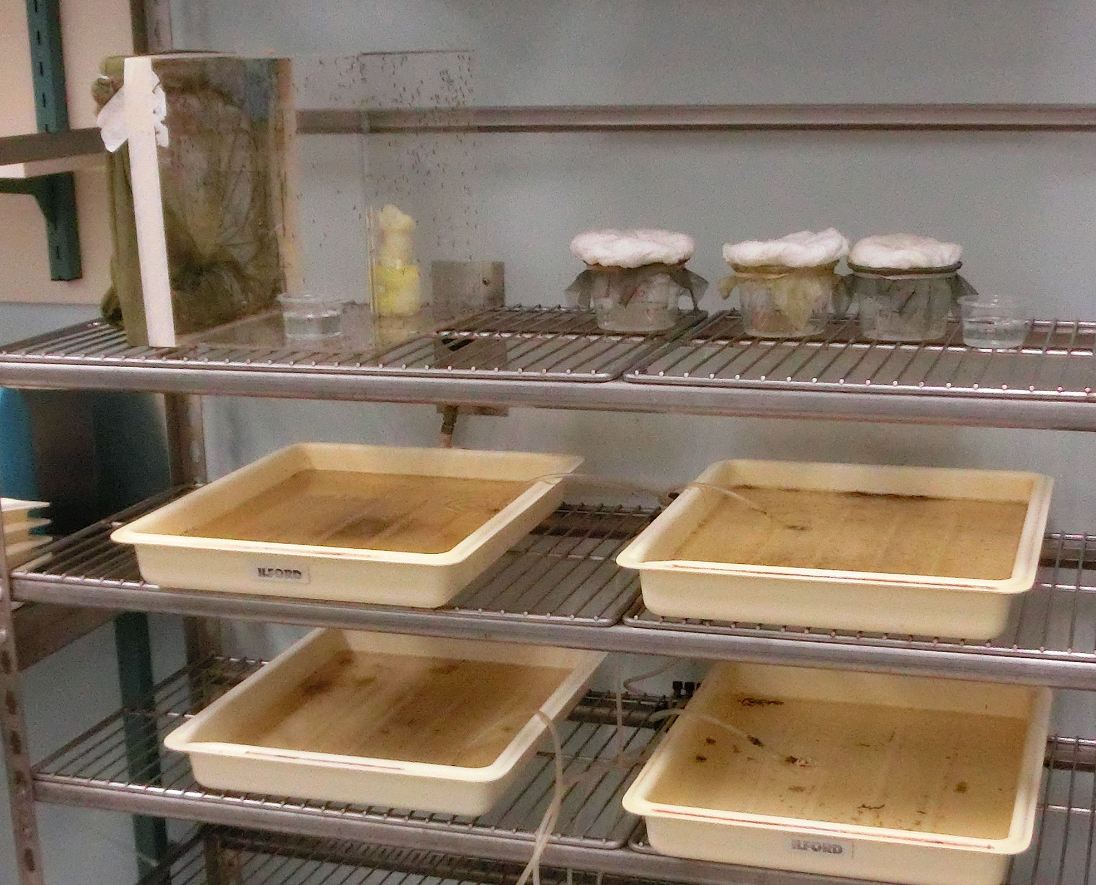|
|
|||
|
Radschool Association Magazine - Vol 41 Page 15 |
|||
|
Privacy Policy | Editorial Policy | Profit Policy | Join the Association | List of Members | Contact us | Index | Links |
|||
|
Back Go to page: 1 2 3 4 5 6 7 8 9 10 11 12 13 14 15 16 17 18 19 20 Forward |
|||
|
Gallipoli Barracks, Enoggera, Qld
|
|||
|
|
|||
|
Gallipoli Barracks is a large operational base and is home to a great number of land vehicles and heavy machinery and obviously, to keep all this equipment fully operational requires a number of well trained mechanics and fully equipped workshops. And it’s no good having all this equipment unless you also have competent and experienced drivers to operate it and this is where the Army shines – its training facilities have, for many many years, been producing drivers capable of handling this machinery safely and expertly over inhospitable terrain and sometimes in very hostile conditions. |
|||
|
|
|||
|
The amazing Bushmaster vehicles, all right dressed and ready to go. |
|||
|
Blokes and blokettes, who have chosen a driver career in the Army, are, after rookies, posted to the Road Transport Wing, Army Logistic Training Centre, at Puckapunyal, VIC where they are taught to drive a number of vehicles, including the Unimog, the Land Rover or Benz and the Mack truck.
The Army accepts applicants for the position who are aged from 17 up to 55 years and there is no gender bias, both sexes are acceptable. Also, successful applicants are required to sign on for only 1 year – with extensions of the term available. As a civvy licence is not a requirement when enlisting, one can just imagine the many hairy moments experienced by the instructors. When they qualify, the drivers can be posted to Gallipoli Barracks where they are taught to drive and operate some of the most advanced machinery and transport vehicles in the world. Once trained, these men and women are part of the Royal Australian Corps of Transport (RACT) and their role is to control and operate the Army’s surface transport.
The RACT plays a pivotal role within the distribution network of the Australian Army. They plan and deliver the required personnel, stores and equipment and provide Combat Service Support (CSS) through the distribution process utilising road, rail, sea and air transportation. |
|||
|
The versatile Mercedes 4X4 Unimog (right), one of the many vehicle types found on the base. |
|
||
|
The Army
ordered some 1295 Unimogs, most of which were built at the Mercedes-Benz
plant at Mulgrave, Victoria and has operated these very reliable
vehicles for about thirty
It is a testament to the calibre of the Army’s mechanics that after so many years’, sometimes very rough service, the Unimogs are still in excellent condition and could be immediately called into action if and when required.
We were fortunate to have Lieutenant Tom Hegarty, the Troop Commander, show us around and introduce us to some of the mechanics. Tom has been in the Army for 3 years, studied at Duntroon for 18 months then was posted to Gallipoli Barracks.
|
|||
|
|
|||
|
Andrew
Canavam (above), one of the mechanics in one of the workshops at the
base, is seen here working on a Bushmaster. The Base has a number of
workshops, each specialises in different types of machinery, some look
after armed vehicles, some auxiliary equipment, and others, like this
one, wheeled vehicles. All these machines are
serviced on condition and are also given a scheduled major service each
year, and due to the huge
Andrew joined the Army in 2007, did his rookies at Wagga then was posted to the trade school at Latchford Barracks in Albury/Wodonga. He spent 18 months at the school learning the trade then was posted to Gallipoli Barracks where he completed a further 12 months on the job training.
These days, the certificate (Automotive Mechanical Technology, Heavy Vehicle Road Transport) awarded to successful trainees from Latchford is recognised in the Civvy world, a lot of thanks for this must go to Geoff Spackman, a plumbing instructor at Balcombe Appy School who, back in the 60’s, fought for and obtained the right to have his student’s Army qualifications recognised equally with civilian tickets. |
|||
|
Blaire Harris (right) has also successfully completed the Mechanics course and she too works in the shop and dare we say, brings some colour and panache into a dull and boring old-boy’s situation.
She joined the Army in 2009 and has signed on for a 6 year term. Combat people can join for a minimum of 4 years, tech people for 6 years.
Unfortunately, in this enlightened age, there are some in the community who say that the military is no place for a woman.
How wrong are they!!!!!
Women have served in the Military for many years but until recently, they were employed in "light" duties, clerks, comms, nursing, etc and it is only recently that the barriers have been pulled down and women now have access to practically every job, and they do them very very well.
Blaire says she loves her job, she loves working in the workshop environment and she loves working with a bunch of real nice blokes.
She is seen here at a recent “Make a Wish” ceremony in Brisbane’s Queen St Mall.
|
|||
|
Back in September, the 4x4 and optional 6X6 wheel drive Mercedes-Benz G-Wagon was officially unveiled to the public at the RAAF base at Amberley. This vehicle, which will replace the legendary Land Rover which has performed magnificently for the ADF over the years, was specifically developed for the ADF as part of a 15-year lifecycle contract. A total of 2146 vehicles have been ordered and the first were delivered in July this year.
The different versions of the vehicle include:
· a 4x4 single-cab carryall (cab-chassis), · a 4x4 panel van, · a 4x4 wagon, · a 6x6 single-cab carryall, · a 6x6 single-cab ambulance, · a 6x6 dual-cab Canine, · a 6x6 dual-cab Command Post Mobile, · and a 6x6 single-cab Surveillance and Reconnaissance vehicle.
Averaged out, each unit costs the Australian taxpayer about $220,000.
As well as the vehicles, ADF has ordered 1799 specially designed and locally built trailers to go with them and these are being built by Haulmark Trailers. The vehicles are imported into Australia from Austria in cab/chassis format and the family-owned Varley company in NSW will provide a substantial number of the necessary modules that make up most of the eight body styles. On arrival, each cab/chassis will be delivered to Mercedes-Benz in Melbourne where their chassis will be strengthened to cope with airdrop exercises. |
|||
|
Some of the new Benz vehicles. (Click the pic for a better view) |
|||
|
The vehicles are powered by a 3.0-litre common-rail turbo-diesel V6 engine which drives all wheels via a five-speed automatic gearbox. They have a 95 litre fuel tank, with 55 litres in a reserve tank and for the first time, the Army will have utility vehicles fitted with air-conditioning and power steering as well as the safety of anti-lock brakes.
Now I wonder if we could just borrow one for a weekend on Fraser Island??
|
|||
|
|
|||
|
Another vehicle that is currently under test is the “mine” sniffer (above). This vehicle is radio controlled and when all the bugs are sorted out, will be used to search for and nullify mines and IED’s in a conflict zone. The operator can walk or travel behind the vehicle at a safe distance and the sniffer will find any and all explosive devices and safely destroy them.
If this thing saves just one life it’s worth it at any cost. |
|||
|
|
|||
|
The interior of the well equipped workshop. Blokes and blokettes who are trained and work in here would definitely be in demand in Civvy street. |
|||
|
|
|||
|
The workshops at Gallipoli are also responsible for the maintenance of RAAF ground support equipment (GSE), about which the Army blokes were only too keen to tell us – a number of times!! |
|||
|
|
|||
|
Lieutenant Tom Hegarty shown here with one of his aging “babies” - the Mack Truck. |
|||
|
The Mack heavy truck (Model RM6866RS), fondly called the “Spook”, was produced in Australia specifically for the Army. Prototypes were first built back in 1978 and an order was placed in 1981 for a total of 906 vehicles. Deliveries commenced in 1982. In 1988, a further 19 trucks were delivered, bringing the total to 925, then another 64 were bought in 2005. In the mid-1990s mods were carried out and the whole Mack fleet was upgraded.
It has a conventional truck layout, and when equipped with a troop carrying body, can transport 26 fully-equipped troops. The cabin has two seats, one for the driver and another for the only passenger. It is powered by a Mack EM6-285 Maxidyne turbocharged diesel engine, developing 283 hp which drives all wheels.
Over the years, the mighty old Mack has been used for almost any task, including:
Although the Mack is now a bit long in the tooth, it is a bit like the Caribou aircraft, it might be old but it’s built like the proverbial and it will take a pretty good machine to replace it.
|
|||
|
|
|||
|
L-R: ASM Clint Robertson and Lt Tom Hegarty with several of their babies. |
|||
|
If, like us, you were wondering what an ASM is, the A is for Artificer, the SM is for Sergeant Major. The title "Artificer" is used in only in the Royal Australian Electrical and Mechanical Engineers (RAEME) divisions and applies to the senior tradesman in the brigade.
Artificer Sergeant Major is an appointment held by a Warrant Officer class 1 or 2 in RAEME (depending on the size of the unit) and is the senior NCO responsible for the repair and recovery of all mechanical and electrical equipment – bit like the RAAF’s bullet-proof WOE.
|
|||
|
|
|||
|
The Army Malaria Institute. (AMI)
Hidden away at the back of Gallipoli Barracks, far from the heavy trucks and machinery, the marching troops, guns, parades, noise and the general coming and going of a busy Army Base and nestled in cool woodland setting, is one of Brisbane’s best kept secrets, the Army Malaria Institute.
Malaria is a life threatening protozoan parasitic disease transmitted by female Anopheles mosquitoes, mostly prevalent throughout the tropical and subtropical regions of the world. Currently, around 500 million cases of malaria occur every year, with between 1 and 3 million deaths resulting in huge economic and social development implications for malaria-endemic areas. One strain of the disease can progress rapidly to coma and death and early and accurate identification of the infection is vital for patient therapy.
Today, the world’s three biggest disease killers are: 1. Tuberculosis, 2. Aids and 3. Malaria.
While 1
and 2 are not such a huge problem to Australians, Malaria has been, and
still is. The ADF (and other Defence Forces), have a huge problem when
their troops are stationed or fighting in Tropical regions. It (the ADF)
had its first encounter with malaria at Gallipoli in 1915 although only
with a few cases. But, by the end of WW1, the ADF had experienced the
true impact of malaria with half of the Desert Mounted Corps in
Palestine incapacitated
At the beginning of the Pacific campaign of WWII there was a critical shortage of quinine in Australia. 90% of the world’s supply was produced in Indonesia which lay directly in the path of the advancing Japanese forces. The Australian Army, under the guidance of Brigadier Neil Hamilton Fairley (right), who was an Australian physician and medical scientist, established a malaria experimental group in Cairns in 1943 where malaria was still present at the time. With the assistance of Australian Malaria Control Units and Mobile Entomological Sections the experimental group was able to advance their studies with the drugs sulphamerazine and atebrin.
After the War, work continued on the problem and in 1967 the 1 Malaria
Research Laboratory was established, mainly due to the efforts of Robert
Hughes Black, (below) professor of Tropical Medicine at the School of
Public Health and Tropical Medicine at
In 1996 the unit moved to a modern laboratory complex at Gallipoli Barracks, Brisbane and was renamed the “Australian Army Malaria Institute” (AMI).
The AMI is now a world-recognised centre for malaria research and training and is an organisation of which we should all be rightly proud. Its main mission is to ensure that ADF personnel are able to have the best possible protection against malaria and other vector-borne diseases. As well as malaria, they investigate dengue, Ross River fever, Japanese encephalitis, influenza, lymphatic filariasis and scrub typhus. It is a little known fact that, unlike other illnesses (measles, mumps etc) after suffering from these diseases the first time, the body does not develop an immunity and they can be caught again and again. Dengue is a nasty one in that catching it a second time can be and is usually fatal. Fortunately these diseases are not contagious, you cannot catch them from a fellow sufferer, they are only transmitted by bites from the female mosquito.
The AMI is widely regarded by and has a close working relationship with a large number of national and international organisations, both government and non-government, in their research quest for better antimalarial drugs.
|
|||
|
There is currently no vaccine against malaria, and the parasite has developed resistance to most of the standard, cheap antimalarial drugs. Newer antimalarial drugs and drug combinations are being developed and are effective, but are far more expensive. The parasite’s ability to rapidly develop drug resistance presents a serious threat to maintaining effective drugs into the future.
|
|||
|
|
|||
|
Just how serious this problem is can be seen from the following statement: – “During the first months that Defence Force personnel were deployed to East Timor in 1999, a massive 267 of them were incapacitated by malaria, despite the provision of anti-malarial drugs”.
We were welcomed to and shown over the AMI complex by Kerryn Rowcliffe, a microbiologist and Captain Joanne Baker, one of the Centre’s Scientific Officers.
Joanne (below) joined the Australian Regular Army in 2001. Before this, she worked for international companies in veterinary and human parasitology. She has worked with the World Health Organization in the Philippines in malaria research, and is currently pursuing a PhD in parasitology. |
|||
|
|
|||
|
|||
|
Above left, inside the test lab and right, the test slides developed by the AMI for use by the ADF in the field. A small sample of a suspected sufferer’s blood is placed into the circular well in one of the strips and in about 15 minutes the slide can produce a reliable result. These testing slides are completely portable, require no electricity or external influence to operate and as they can be and are readily available, can mean the difference between (sometimes) life or death. The sooner a sufferer can be diagnosed, the better are his/her chances of a successful recovery. |
|||
|
The AMI has an air locked room in which they breed all sorts of mozzies, all of which could give you a severe dose of the bad things.
The centre is run by two eminent people, Professor Dennis Shanks, a retired US Army Colonel medical researcher and physician and tropical diseases specialist and Lieutenant Colonel Ivor Harris, a Senior Scientific Officer.
Both gentlemen have had many publications published.
The Centre employes 32 full time enthusiastic staff, of which 14 are Military, plus another 21 part timers, 53 in total.
It is a pity the Centre is not more widely recognised for the wonderful life saving work it does.
|
|||
|
Camp Hospital.
At the outbreak of WW1 there were no army hospitals in Australia although the Navy had sufficient accommodation for its own requirements and Air Force bases had enough for their needs. The only beds available for army use were those not in use for repatriation cases in the repatriation hospitals.
With the country at war it was decided that there should be sufficient beds available in base hospitals for 2 per cent of the total number of troops in Australia and in camp hospitals for another 2 per cent. Until these arrangements could be put in place, plans were made to secure temporary accommodation in the various States in civil hospitals. Improvised camp hospitals were set up in pavilions in the Agricultural Showgrounds in various capital cities, and, though all the buildings were not entirely adapted to this purpose slightly ill men could be given adequate attention.
Number 13 Australian General Hospital (AGH) was opened at Enoggera in 1915 and its name was changed to the No 17 AGH in 1919. It was known as the “Camps Hospital” and was situated on the Base on Murray Avenue, about where the new Mess buildings are today. |
|||
|
|
|||
|
13 AGH, 1918. |
|||
|
Like the on-base hospitals at other large bases, Camps Hospital was really a clearing hospital and would send their serious cases to the large military or civil general hospitals. All other cases were treated in camp. |
|||
|
2 Health Support Battalion Hospital. |
|||
|
Today the modern base hospital (above - click it for a bigger pic), which was opened in 1996, is known as No 2 Health Support Battalion (HSB), (1 HSB is located at Holsworthy). The hospital performs minor general surgery procedures, ear nose and throat (ENT), accident and emergency stabilisation and a large amount of orthopaedic surgery. More serious patients are still cared for in civilian hospitals and return to the military hospital when their condition is stable. No advanced surgery is carried out within 2 HSB though a couple of years ago they had an influx of very ill patients.
More info on the Army hospitals HERE
In February 2007, there was an outbreak of gastroenteritis in a group of Townsville-based Army personnel visiting Gallipoli Barracks. Of the 23 patients hospitalised, the majority presented with fevers, vomiting, abdominal cramps and diarrhoea. One patient's presentation mimicked acute appendicitis and he underwent appendectomy. Two of the soldiers were confirmed as having Norovirus infection while the characteristics of the remaining cases were consistent with Norovirus infection.
|
|||
|
Want to know how to help a drunk driver – works every time…see HERE.
|
|||
|
Today’s Army is a far cry from the Army of old, long gone are the polished black boots, khaki gaiters and belt and all that shiny brass, today the Army is modern, young and on the move. Its members are dedicated, well educated, well trained and fit.
Australia depends on them – they serve us well and they deserve our full support.
|
|||
|
Back Go to page: 1 2 3 4 5 6 7 8 9 10 11 12 13 14 15 16 17 18 19 20 Forward | |||
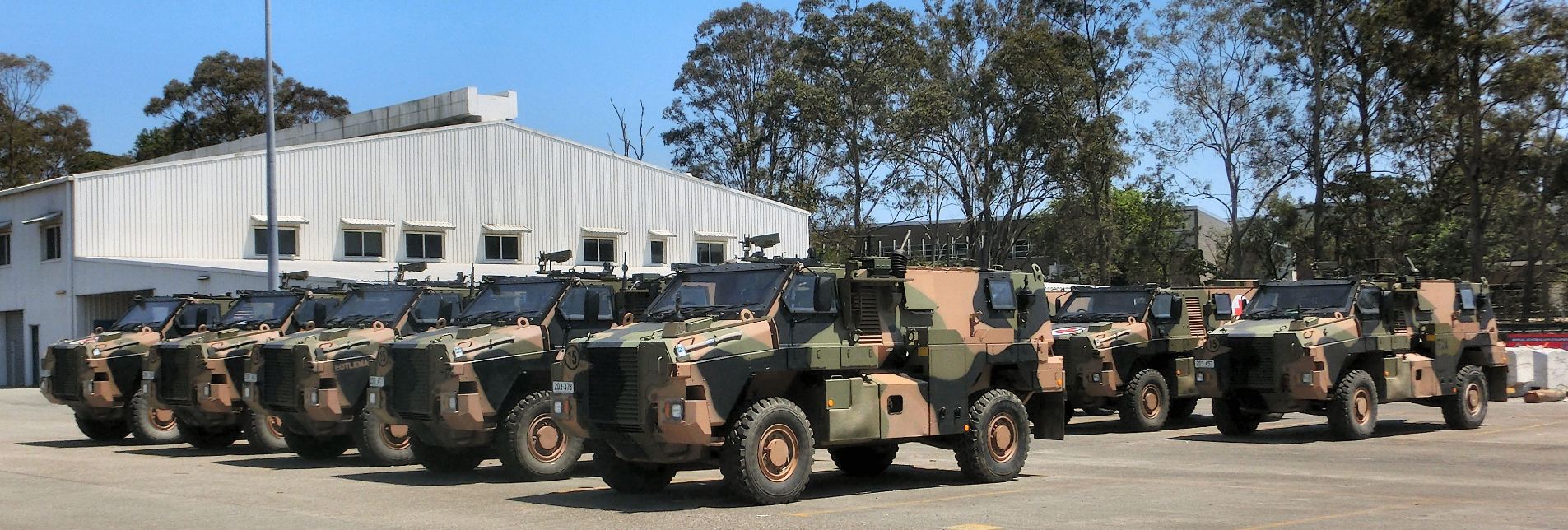
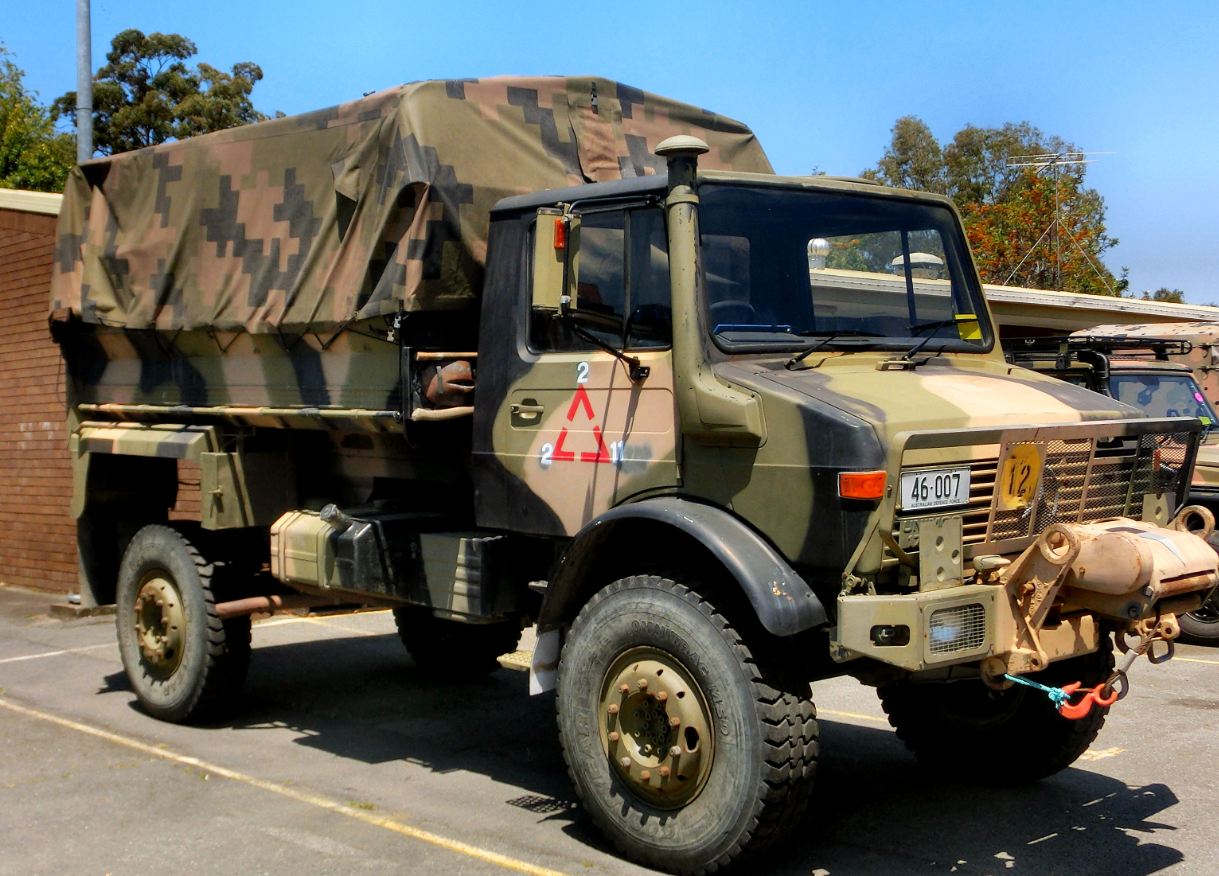
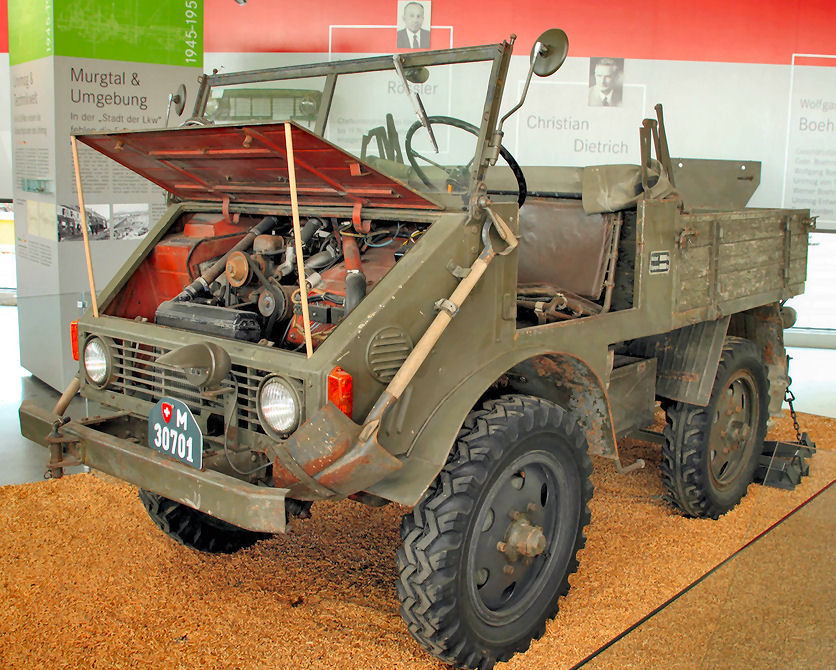
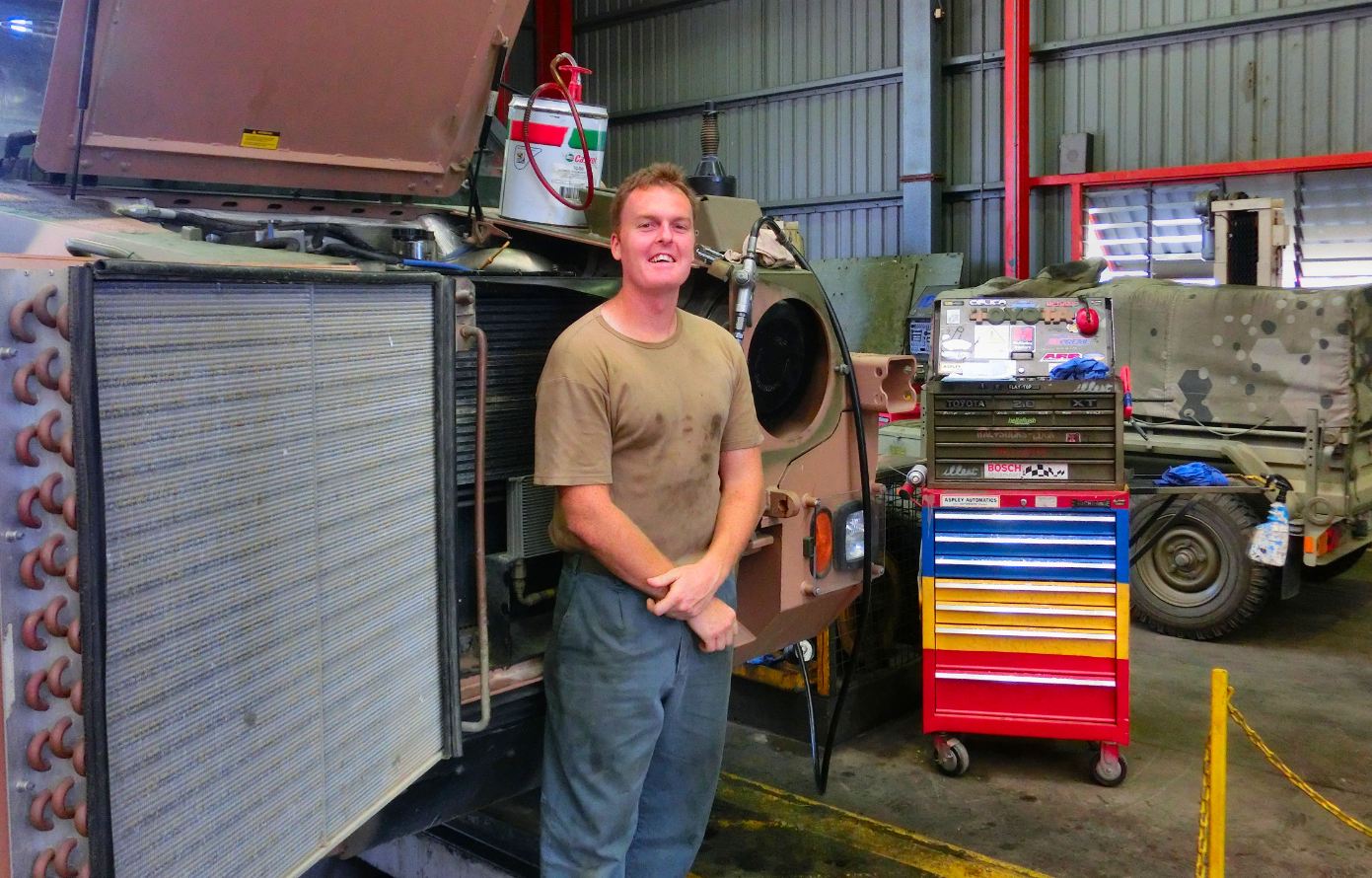
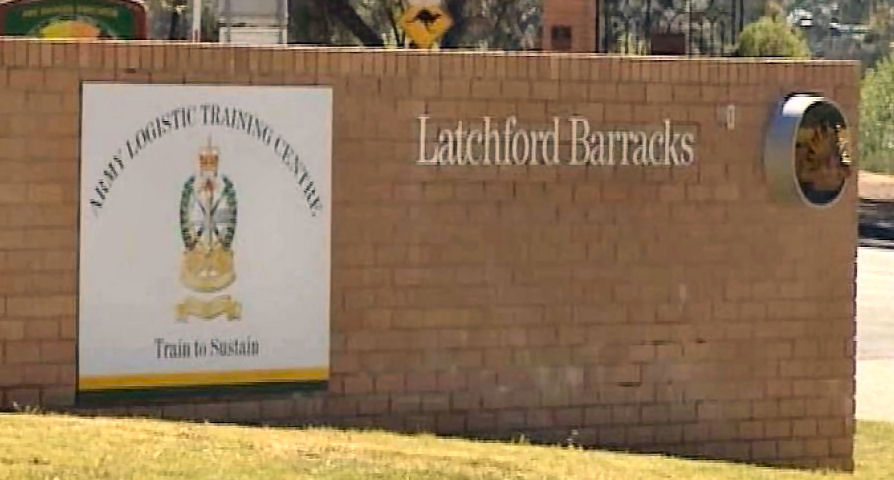 number of them, the workshop is kept very
busy.
number of them, the workshop is kept very
busy.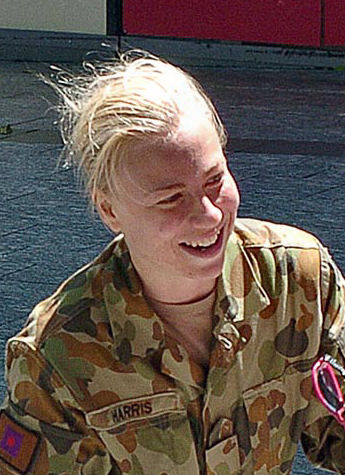
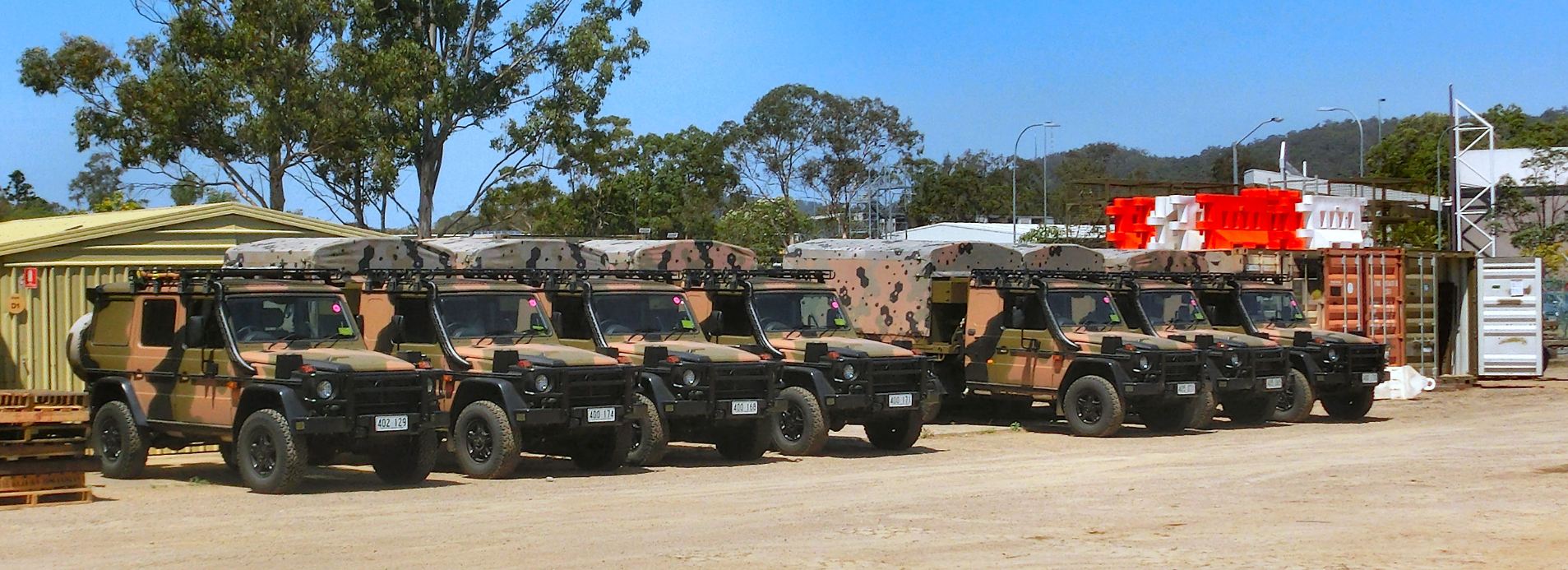
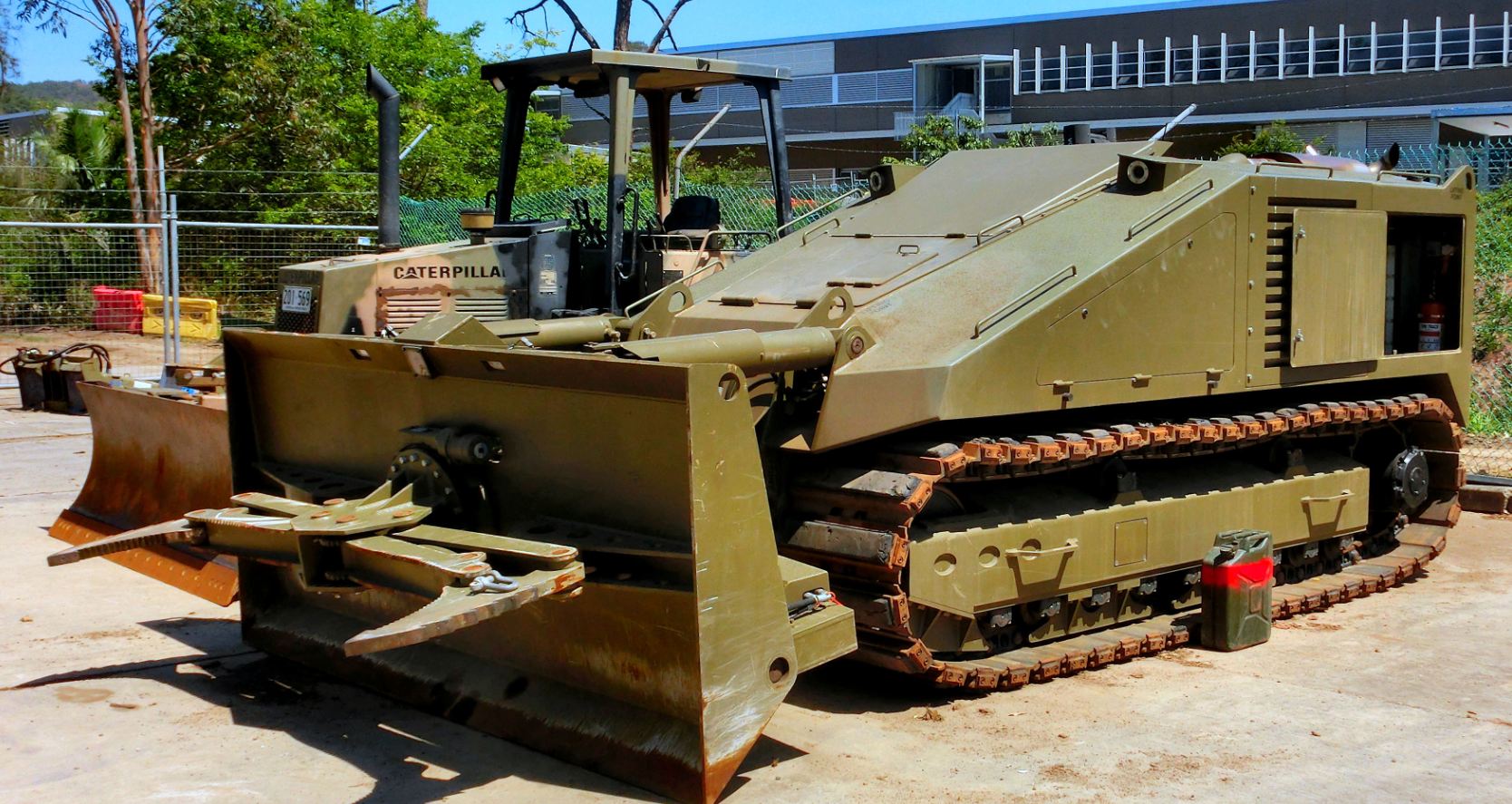
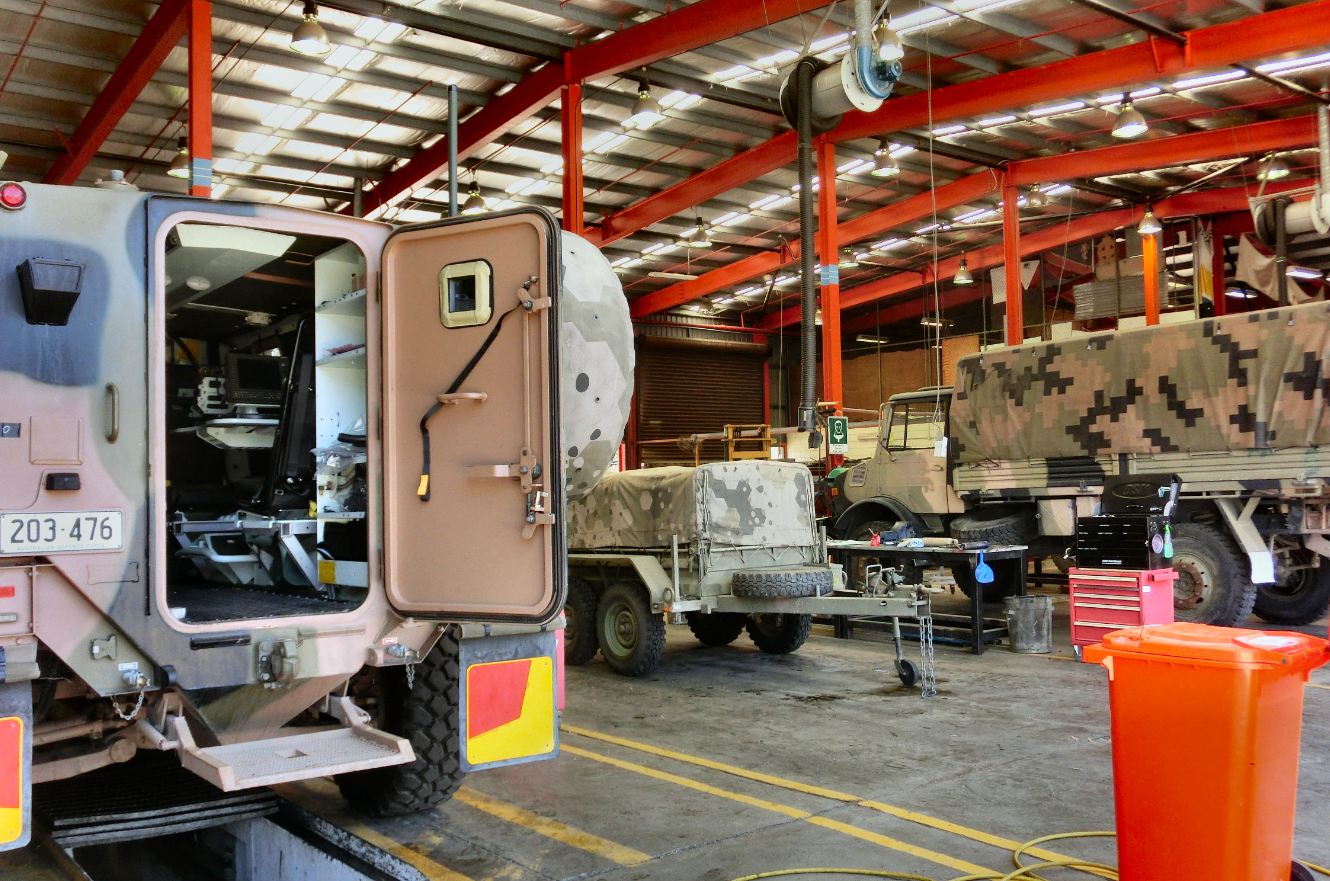
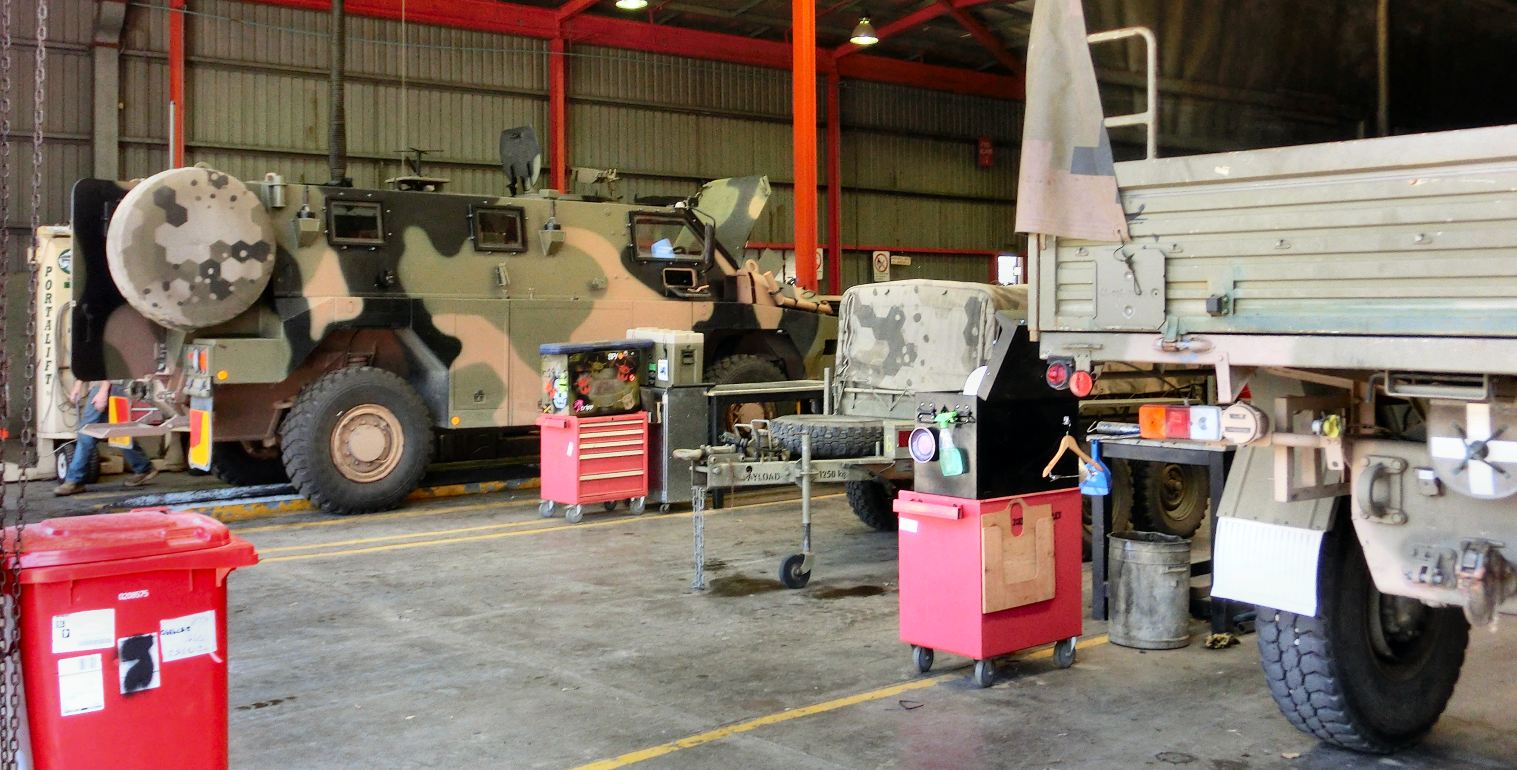
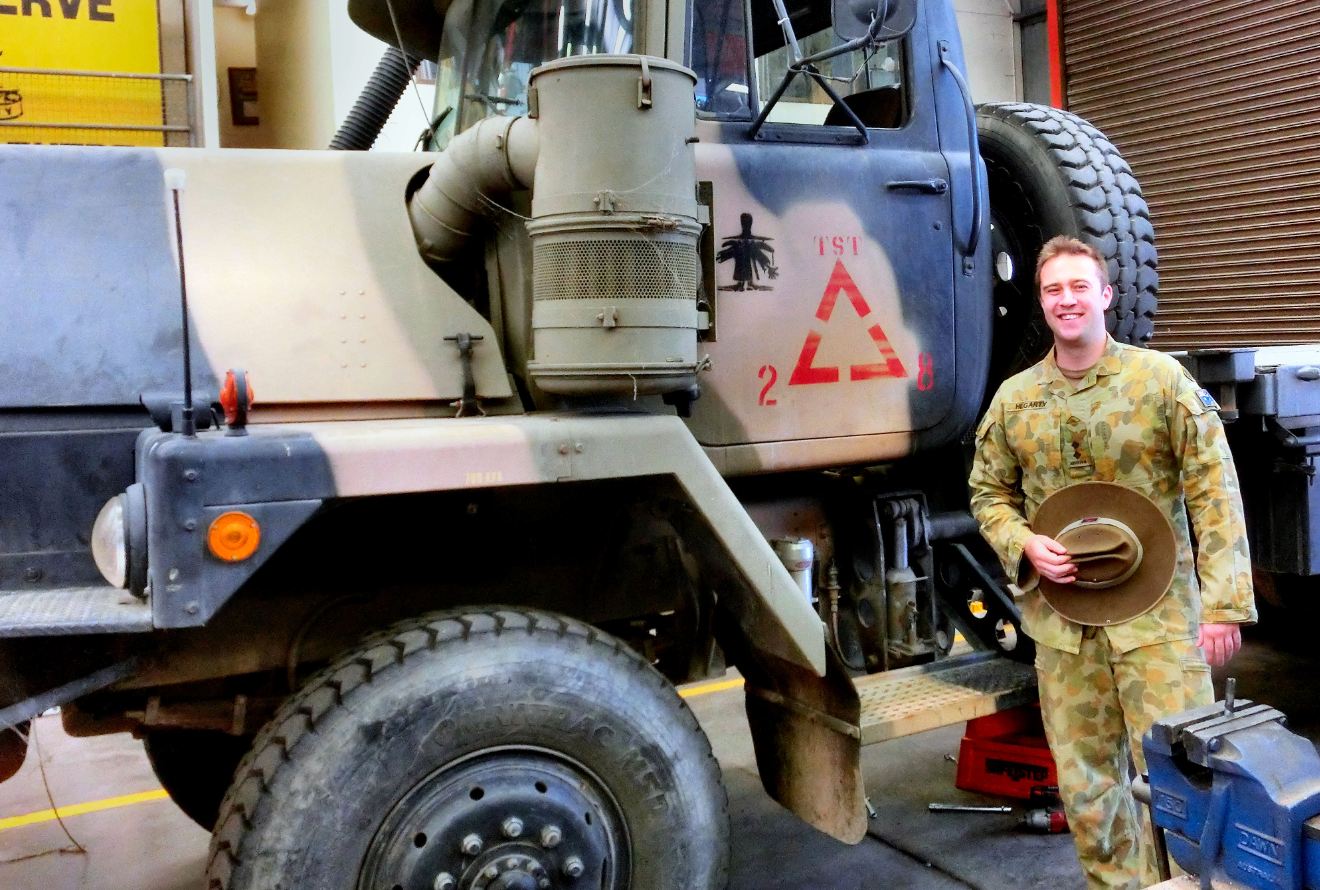
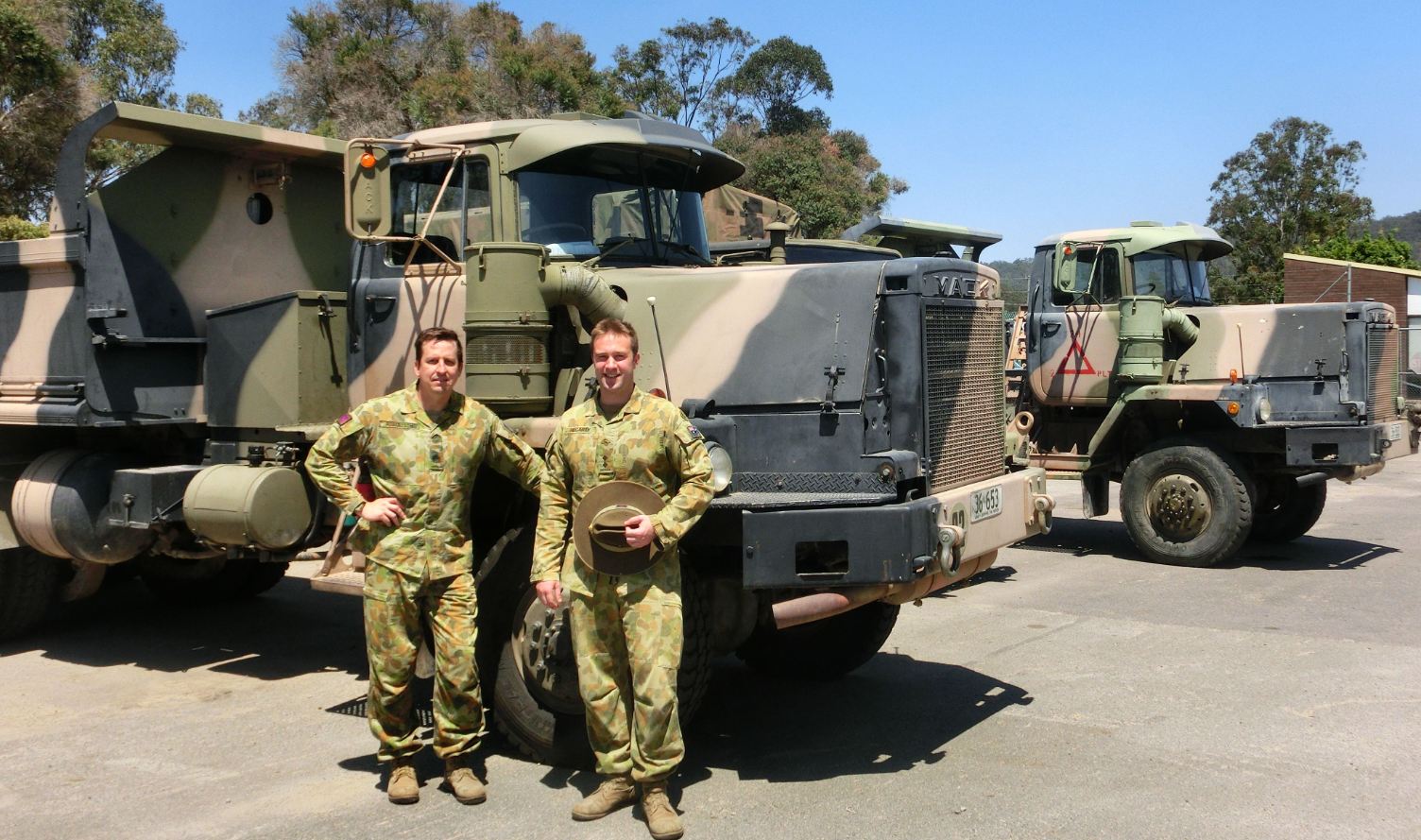
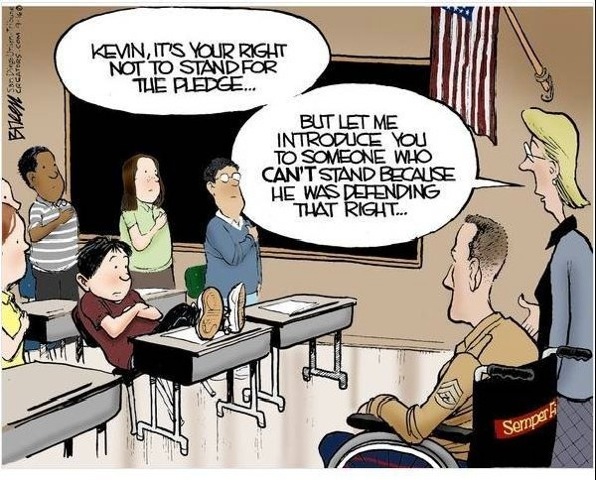
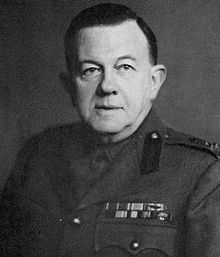
 Sydney University. Black was
also a consultant in tropical medicine to the ADF and following the
malaria problems experienced by ADF troops in Vietnam, recommended to
the ADF Medical Services that they should conduct research into malaria
to minimise future problems with this disease. The 1 Malarial Research
Laboratory was originally located within the School of Public Health and
Tropical Medicine but moved to the Ingleburn Army Camp in 1973 and the
name changed to the Army Malaria Research Unit.
Sydney University. Black was
also a consultant in tropical medicine to the ADF and following the
malaria problems experienced by ADF troops in Vietnam, recommended to
the ADF Medical Services that they should conduct research into malaria
to minimise future problems with this disease. The 1 Malarial Research
Laboratory was originally located within the School of Public Health and
Tropical Medicine but moved to the Ingleburn Army Camp in 1973 and the
name changed to the Army Malaria Research Unit.